The handheld gaming world just got a whole lot more expensive — and a whole lot more interesting. While Nintendo's been busy shutting down Switch emulators like Yuzu and Ryujinx throughout 2024, Android-powered gaming handhelds have quietly become the new frontier for retro gaming enthusiasts. The latest contender? The ONEXSUGAR Sugar 1, a dual-screen Android handheld that's basically what would happen if a Nintendo DS and a modern smartphone had a very expensive baby.
Here's the thing: this isn't just another Android gaming device trying to ride the Steam Deck's coattails. The Sugar 1 features a transforming design with dual OLED screens — a 6.01-inch main display and a 3.92-inch secondary screen that can actually fold out to recreate the classic dual-screen experience we've been missing since the 3DS era.
But here's where your wallet starts sweating: at $599-$799, it's asking premium smartphone money for what's essentially a specialized emulation device. This convergence of Nintendo's legal crackdown, advancing mobile silicon, and nostalgia-driven innovation represents exactly the kind of perfect storm that creates both groundbreaking products and empty bank accounts.
Why dual-screen Android handhelds are suddenly everywhere
The timing couldn't be more perfect for devices like the Sugar 1. Nintendo's aggressive legal campaign effectively silenced major Switch emulator projects like Yuzu and Ryujinx in 2024, but this legal pressure created an unexpected opportunity for hardware manufacturers. While software emulation faced shutdowns, emulators remain technically legal according to Nintendo's own attorneys — they just can't bypass encryption or include copyrighted code.
This legal shift pushed innovation toward hardware-based solutions that could sidestep the software vulnerabilities that killed Yuzu and Ryujinx. Manufacturers like ONEXSUGAR recognized that purpose-built gaming handhelds could offer emulation experiences without the legal landmines that trapped software developers.
The Android handheld market explosion reflects this new reality, with options ranging from the budget-friendly $119 Retroid Pocket 2S to premium devices like the AYANEO Pocket S, which packs Snapdragon G3X Gen 2 silicon with 16GB RAM for around $30 more than competitors like the AYN Odin 2. These devices excel at everything from NES classics to GameCube titles, with some managing PS2 and Wii emulation.
What makes the Sugar 1 special is its dedicated focus on Nintendo DS and 3DS emulation — something most handhelds handle awkwardly by displaying both screens side-by-side or forcing you to switch between them. The Sugar 1's software menu offers multiple layout configurations for dual displays, making it the first Android device designed specifically around dual-screen gaming experiences.
The specs that justify the premium price tag
Now we get to the hardware that makes those ambitious price points possible. The Sugar 1 runs on Qualcomm's brand-new Snapdragon G3 Gen 3 processor — the company's first dedicated gaming handheld silicon designed specifically for sustained performance without the thermal throttling that plagues smartphone chips.
Those aren't just impressive numbers on paper. The 8-core Kryo architecture features one prime core at 3.3 GHz, five performance cores at 3.2 GHz, and two efficiency cores at 2.3 GHz, delivering a solid 20% boost in multi-core performance over previous generations. The upgraded Adreno A32 GPU supports ray tracing and can push QHD+ visuals at 144Hz refresh rates — specs that would make flagship smartphones jealous.
The 5600mAh battery represents a meaningful capacity improvement over competitors, though battery life remains the Achilles' heel of powerful Android handhelds. For comparison, the AYANEO Pocket S with similar specs manages only 2 hours 16 minutes under stress testing, though real-world usage typically stretches to 6-8 hours for less demanding games.
The transforming design genuinely impresses — controllers can reposition to surround either the primary display or move down for dual-screen mode. One Netbook calls it a "4-in-1 device", though some configurations look more like engineering demos than practical gaming solutions.
Switch emulation: the elephant in the room
Despite these impressive specifications, the Sugar 1 faces the same fundamental challenge plaguing all Android handhelds: Switch emulation remains frustratingly inconsistent. Recent reports from the EmulationOnAndroid community reveal that even flagship chips like the Snapdragon 8 Elite suffer from thermal throttling when running Switch games, and driver support remains spotty.
The G3 Gen 3's newness actually works against it here — while the hardware looks incredible on paper, emulator optimization will take months to catch up. Community feedback suggests that currently the 8 Gen 3 or maybe even Gen 2 run better because of turnip drivers available for those older processors.
The bigger strategic issue remains Nintendo's successful legal crackdown. Switch emulation development has largely stalled since the Yuzu and Ryujinx shutdowns, leaving the ecosystem reliant on archived versions and independent forks that lack the original development momentum. This timing coincides suspiciously with the upcoming Nintendo Switch 2 launch in 2025.
PRO TIP: If Switch emulation is your primary goal, consider waiting for more mature driver support or looking at devices with proven track records on older, more stable chipsets.
What this means for your gaming setup
Should you preorder the Sugar 1? That calculation depends entirely on your emulation priorities and tolerance for early-adopter risk. For Nintendo DS, 3DS, and everything up through GameCube/PS2 era gaming, this device should be phenomenal. The dual-screen setup alone makes it worth considering for anyone serious about portable Nintendo DS gaming — something no other Android handheld handles with this level of elegance and authenticity.
But if Switch emulation drives your purchase decision, you're essentially betting on future potential rather than guaranteed performance today. The combination of inconsistent Android Switch emulation, new chipset growing pains, and Nintendo's ongoing legal pressure makes this a premium-priced gamble.
Competition isn't standing still either. AYANEO's Flip 1S DS offers similar dual-screen functionality with more powerful AMD Ryzen hardware, while devices like the Legion Go 2 promise VRR displays and stronger build quality at competitive price points.
For prospective buyers, consider whether your actual gaming habits align with the Sugar 1's strengths. Are you genuinely excited about replaying DS classics with proper dual-screen presentation, or are you primarily interested in the novelty factor?
The verdict: exciting potential, expensive reality
The ONEXSUGAR Sugar 1 represents everything exciting and frustrating about the current Android handheld scene. It's genuinely innovative with its transforming design, packed with cutting-edge specs, and addresses real problems in retro gaming authenticity. But at $599-$799, it demands flagship smartphone money for a device that excels primarily at decades-old games.
PRO TIP: If you're tempted by the early bird pricing, remember this is a crowdfunding campaign. OneXPlayer's track record with previous handhelds is solid, but crowdfunded gaming devices have a history of delays, spec changes, and unexpected complications.
The Sugar 1 will likely be amazing for what it does well — but make sure those specific use cases align with your actual gaming habits before your wallet gets too attached to owning a pocket-sized Nintendo DS that costs more than some people's monthly car payments. Sometimes the coolest tech isn't worth the financial hangover.




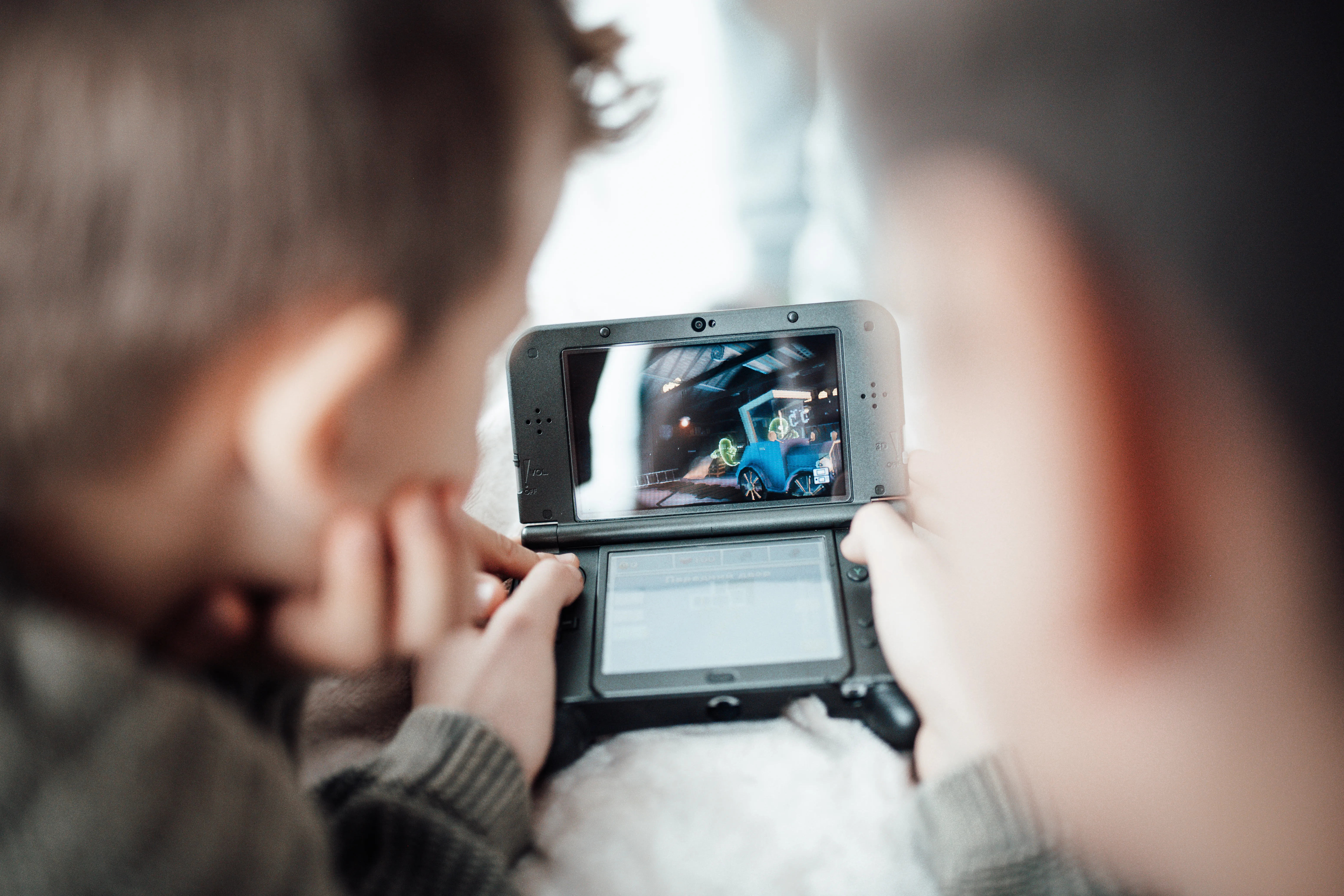
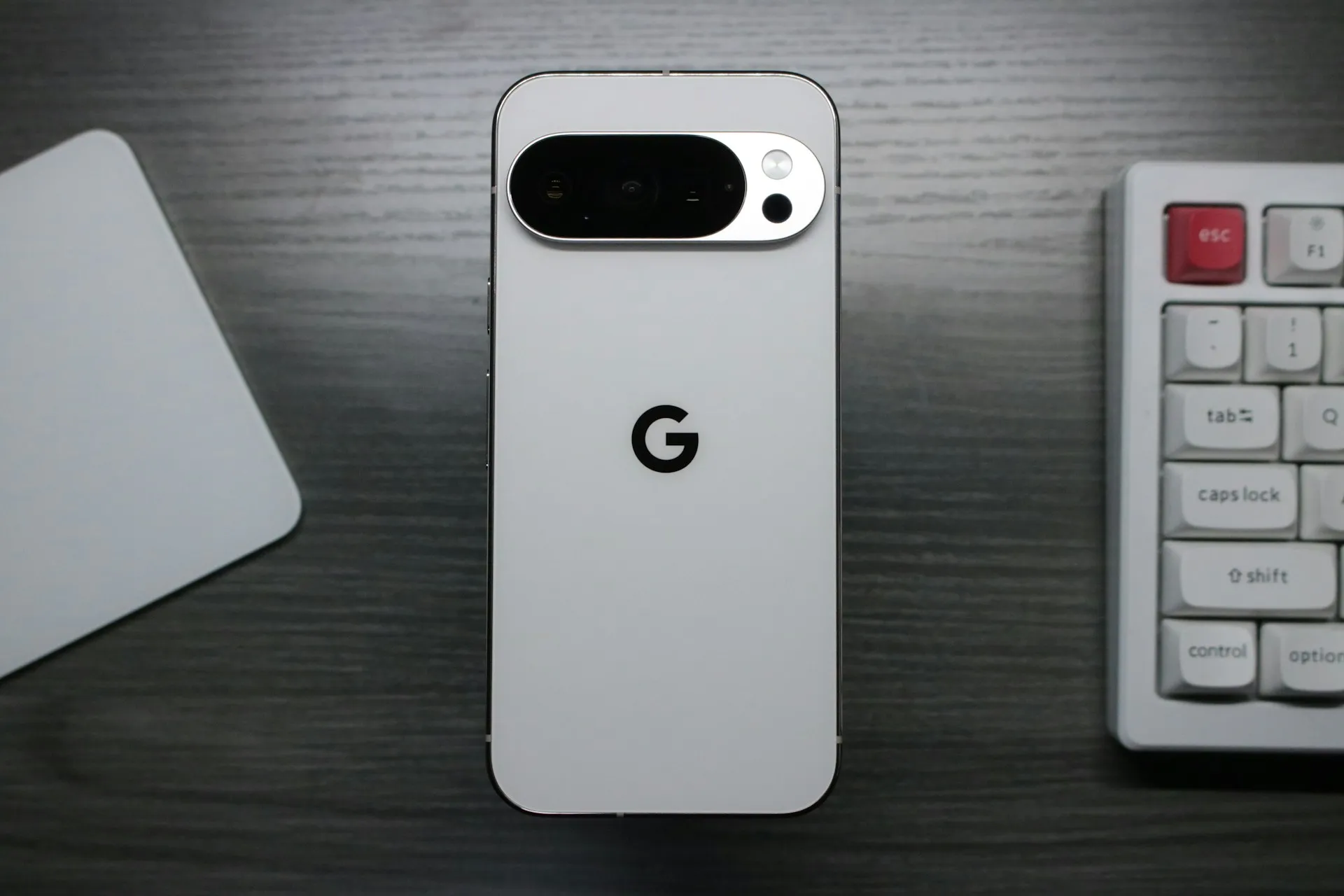
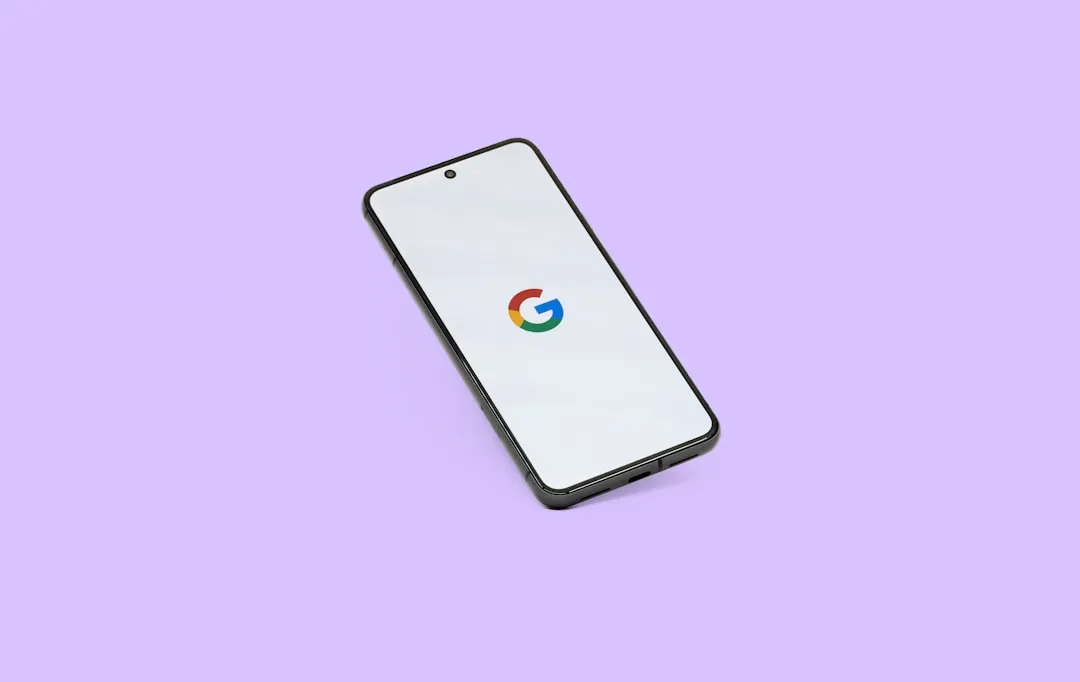
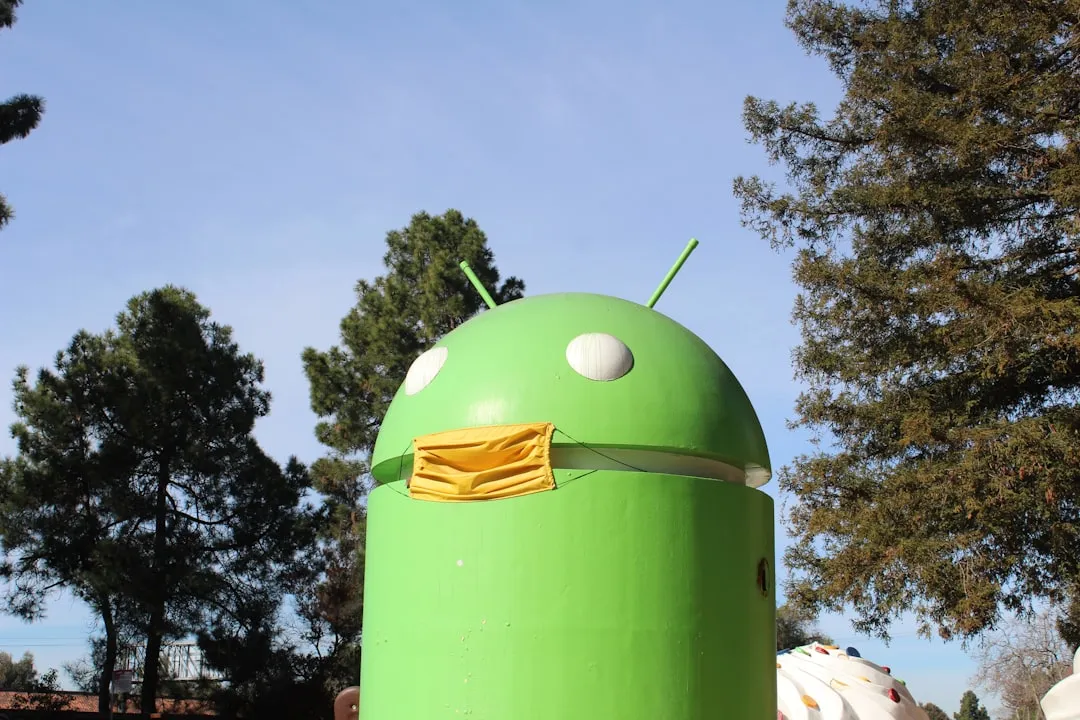
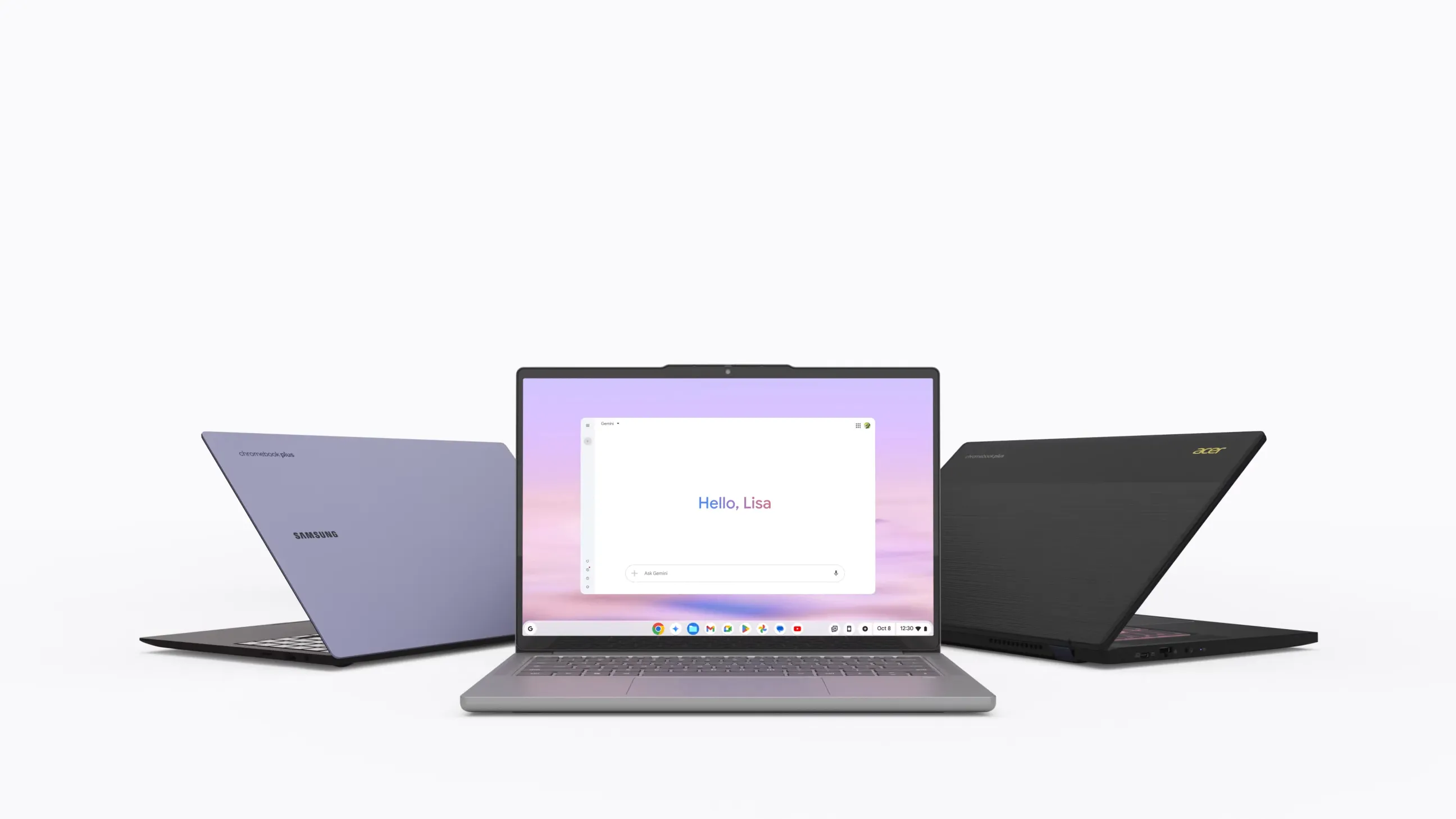

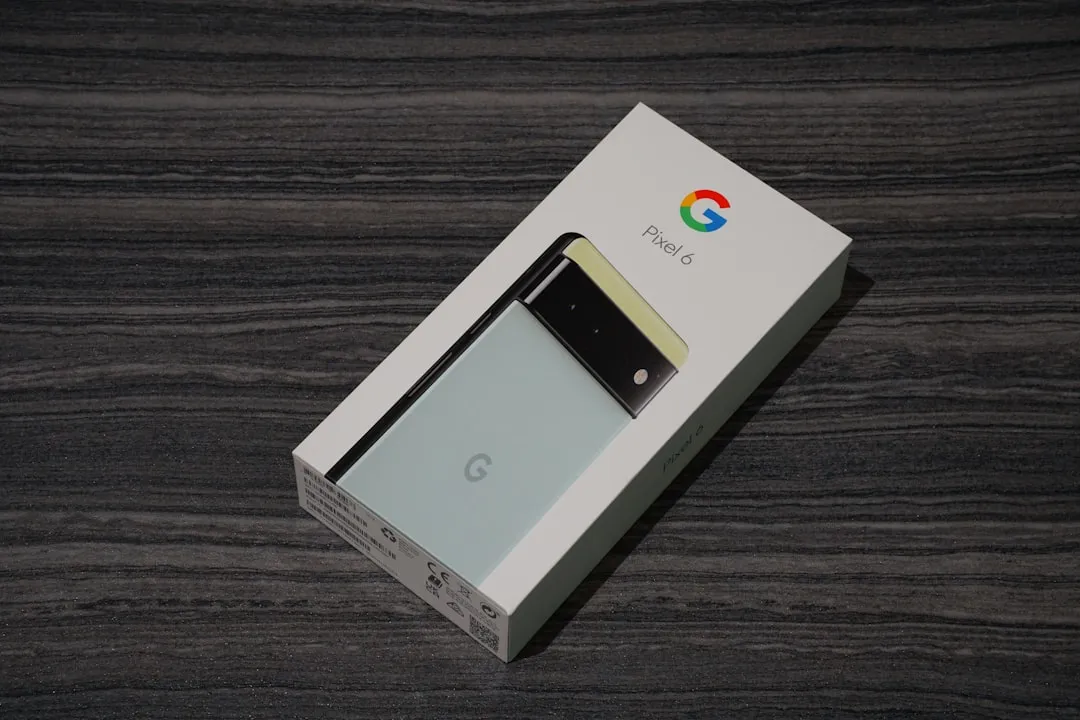
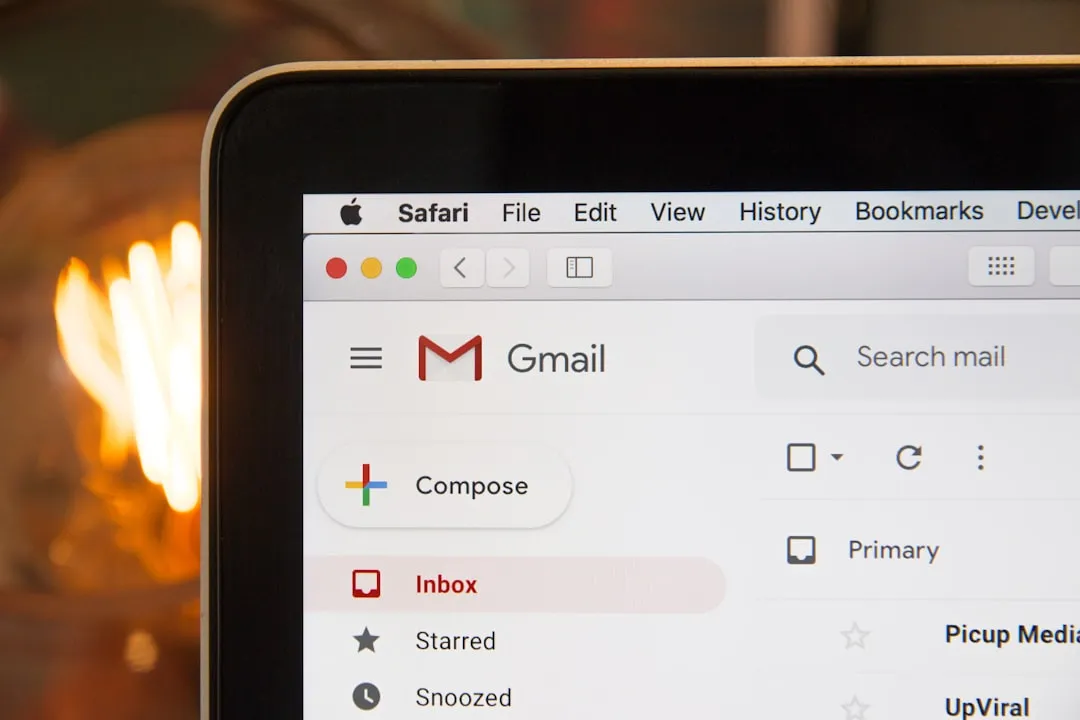
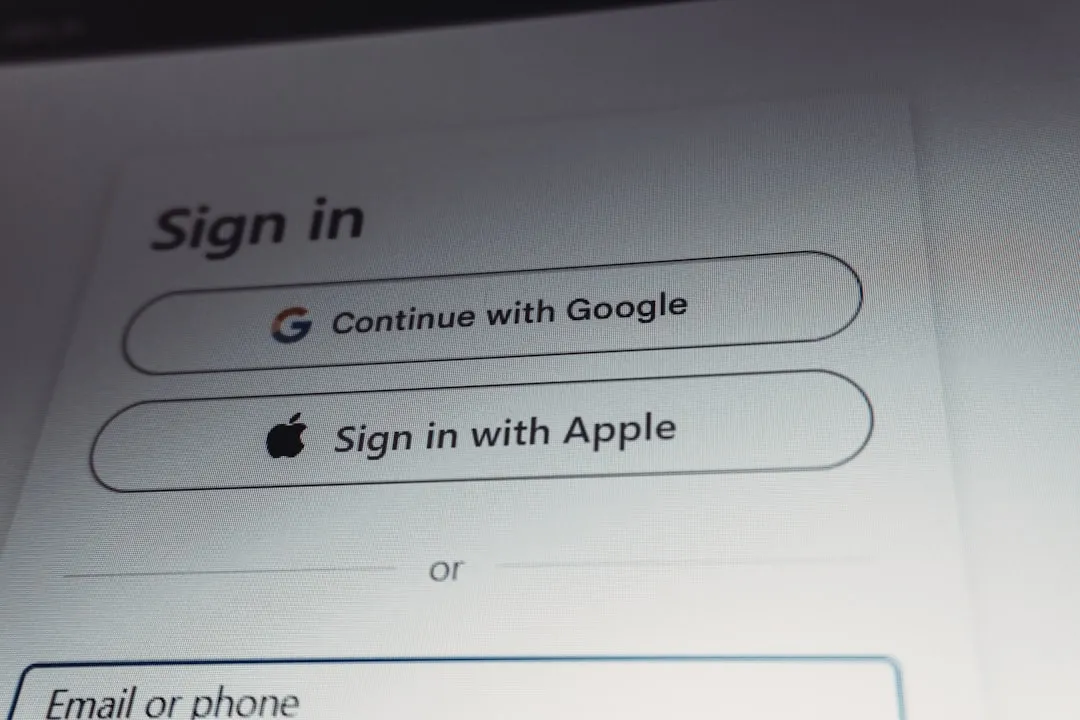
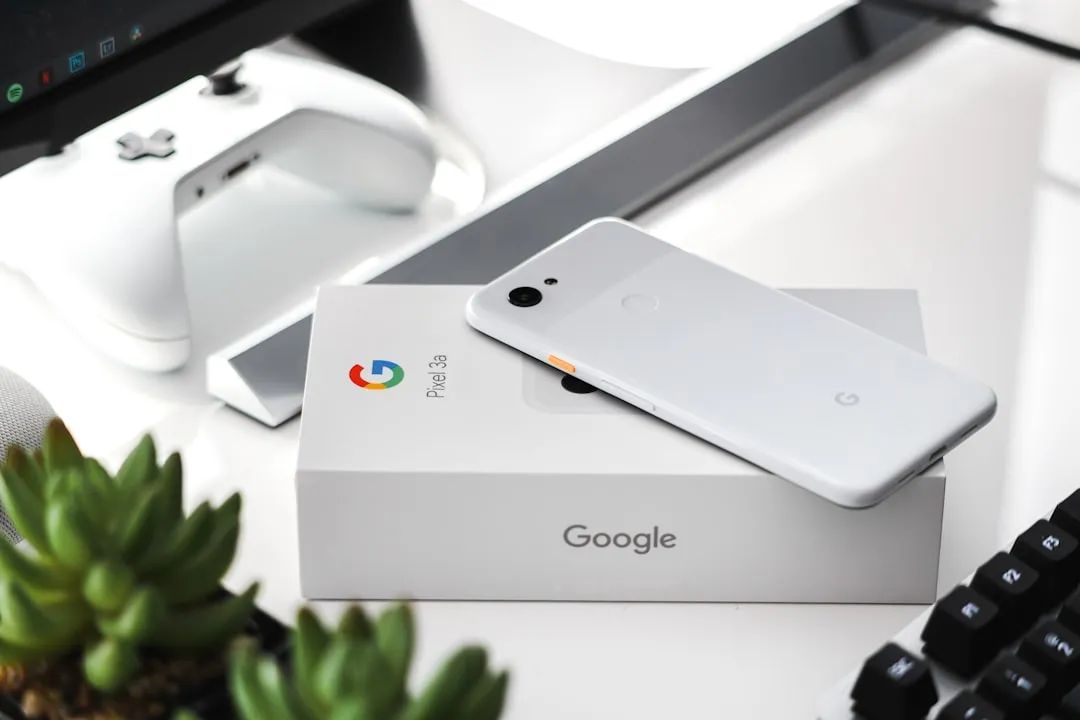

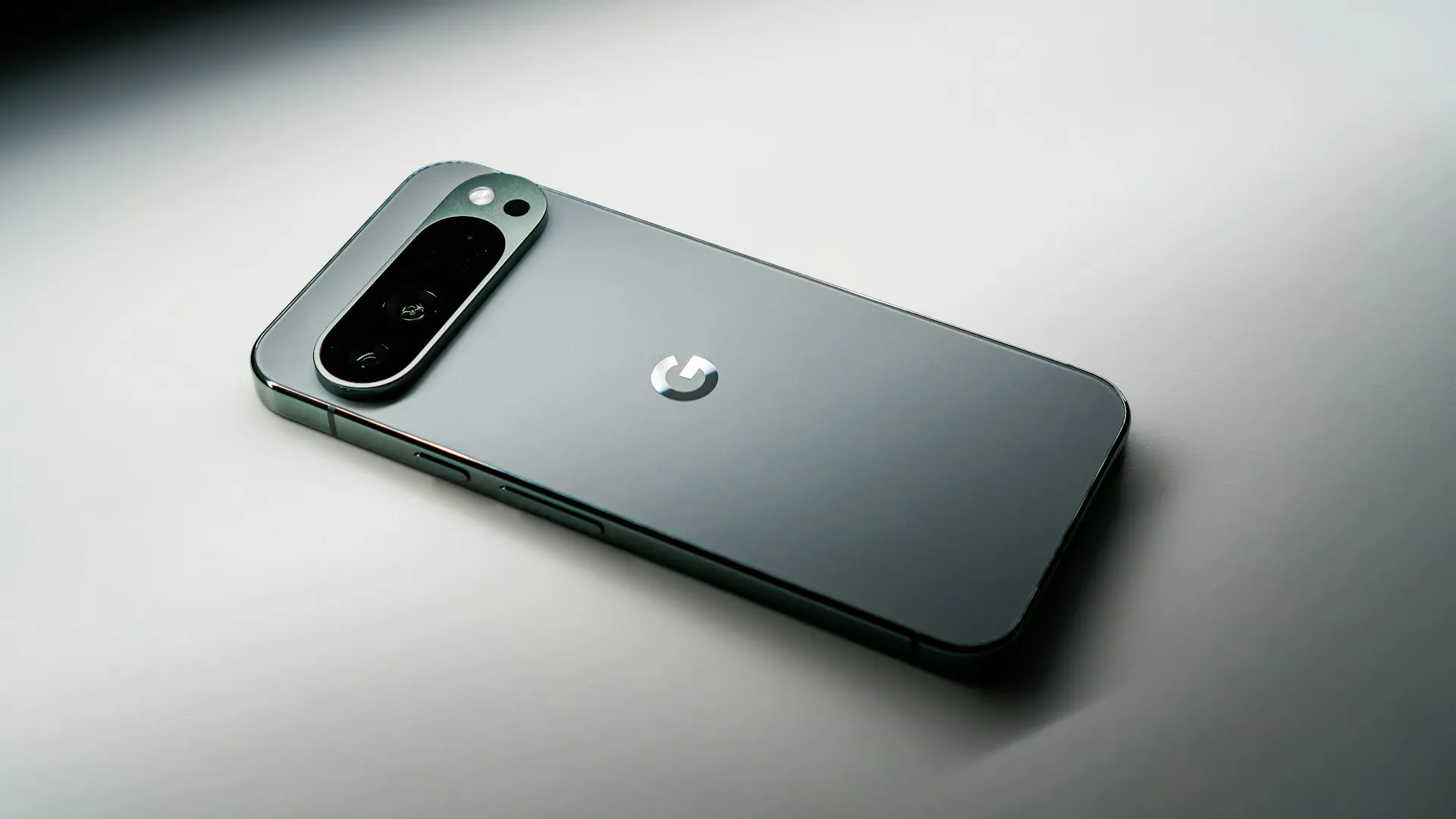
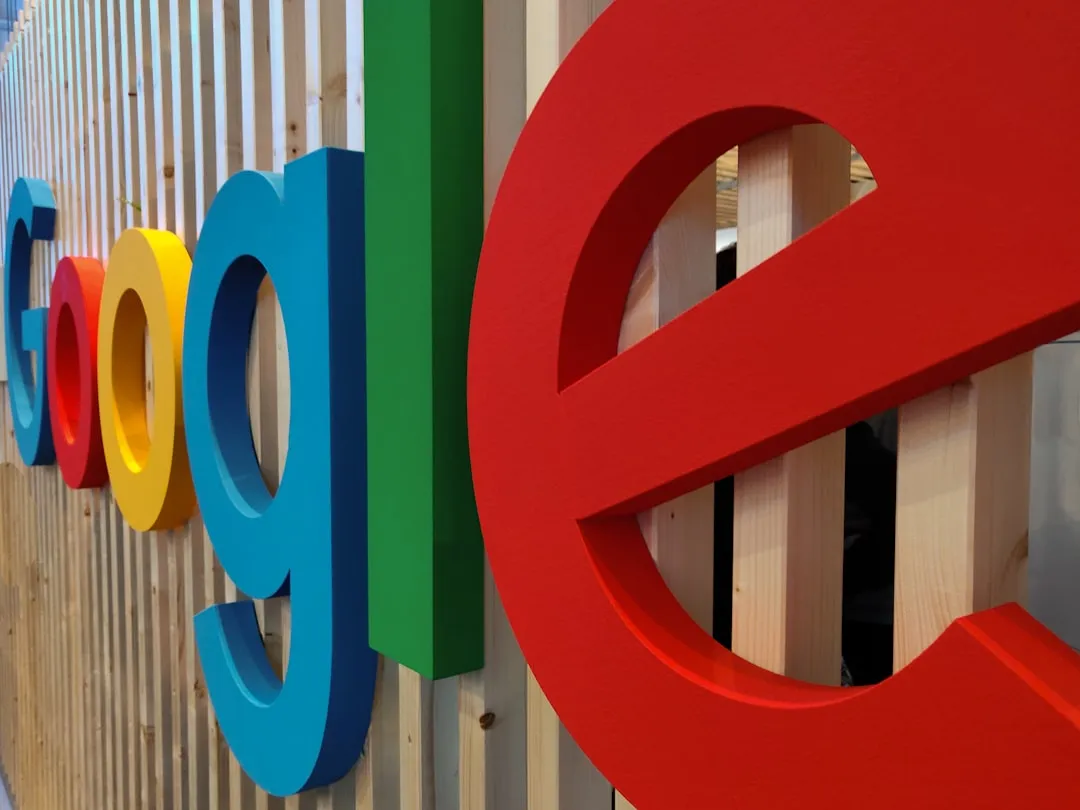


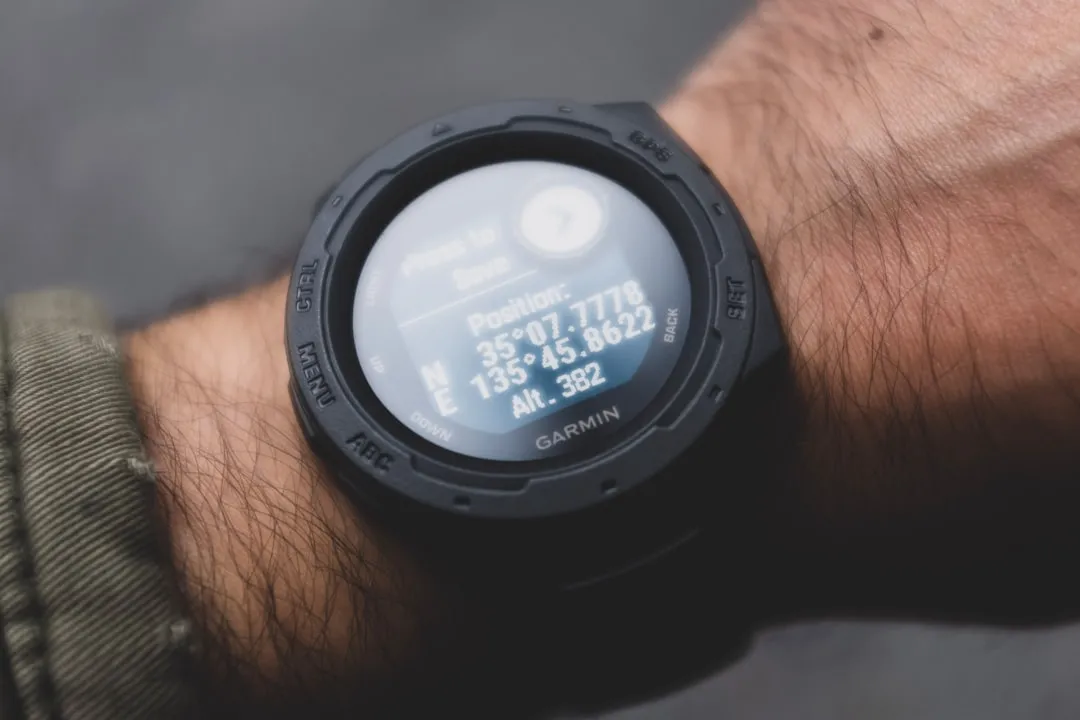
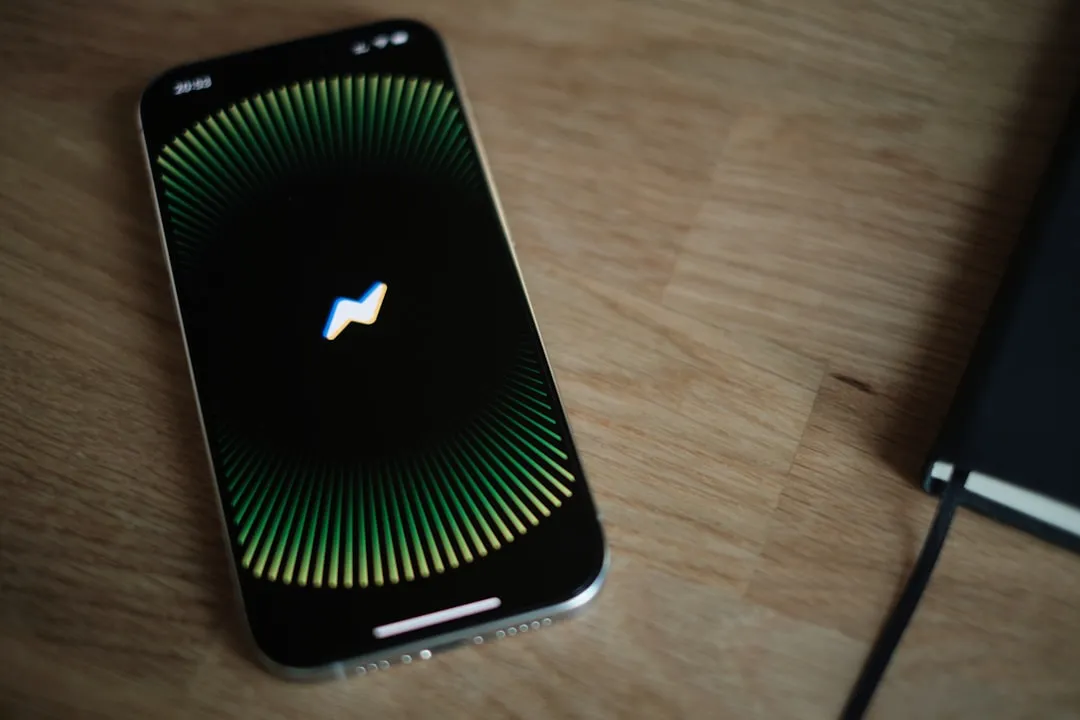

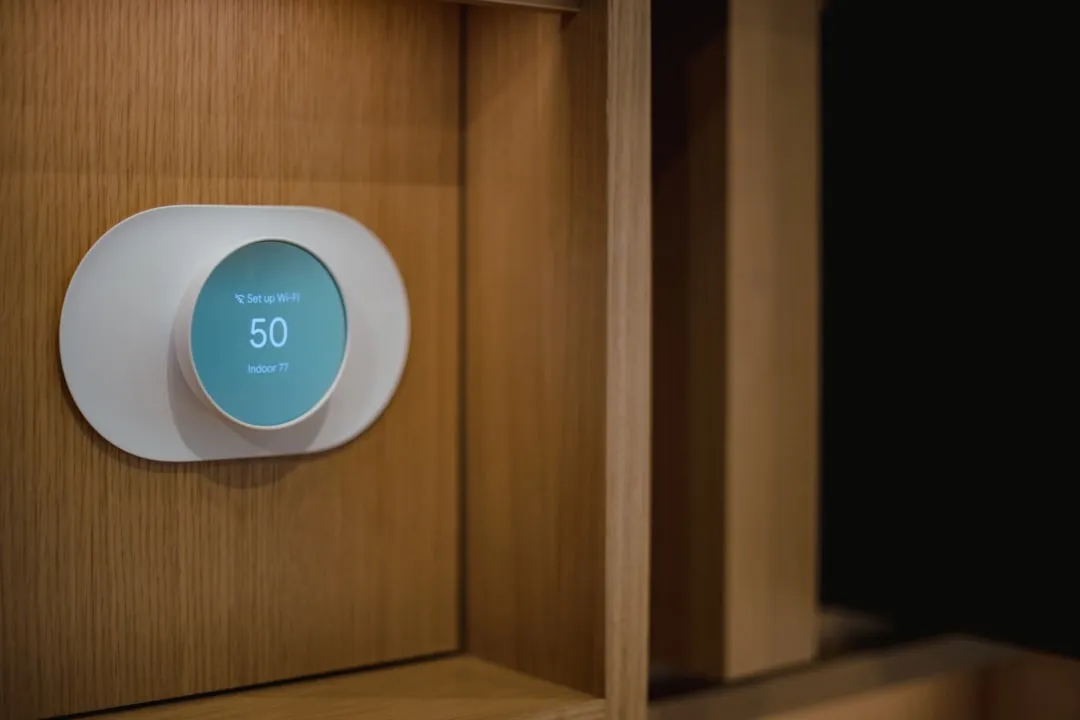

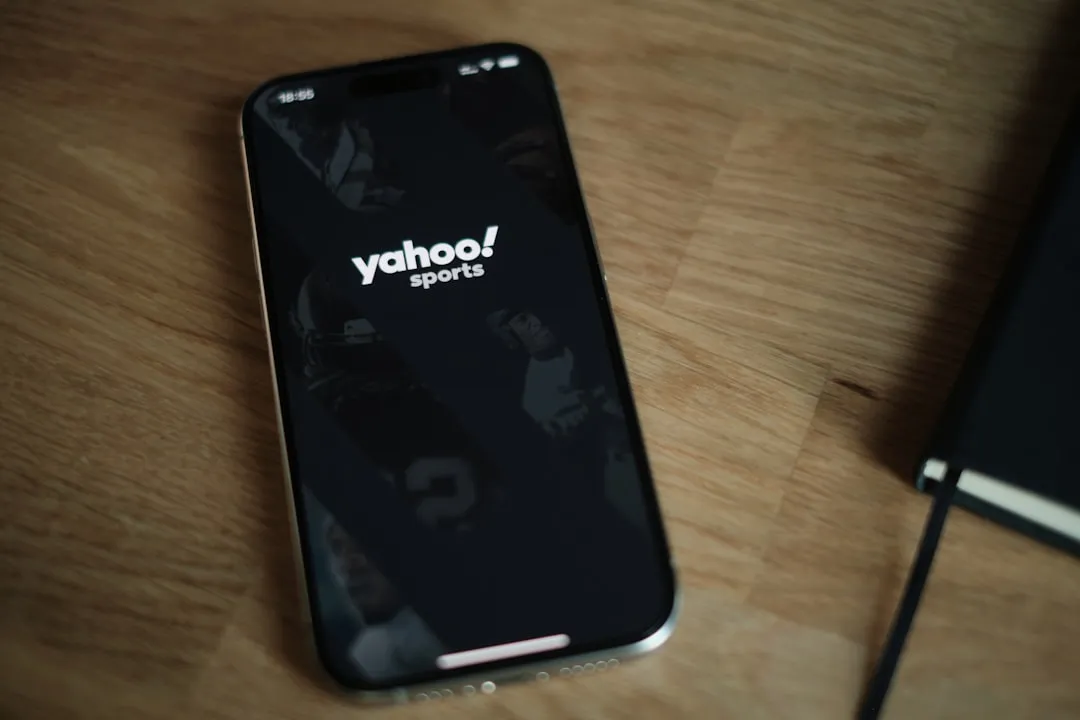
Comments
Be the first, drop a comment!